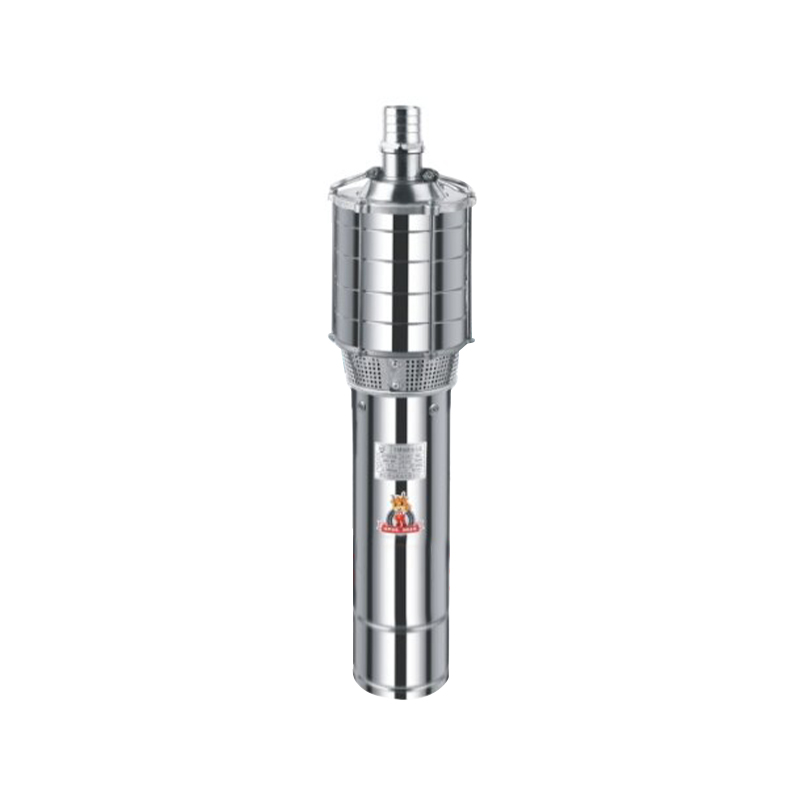Environmentally Friendly Precise Solar Centrifugal Pump
Crafted for sustainability and efficiency, our Environmentally Friendl...

When selecting a pump for specific applications, particularly those involving low flow rates and high head pressures, peripheral pumps offer unique advantages. These pumps, which include the peripheral vane pump, peripheral water pump, and peripheral impeller pump, are designed to operate efficiently in situations where other pump types may struggle. Understanding the design and function of these pumps can explain why they are so well-suited for low-flow, high-head applications.
The peripheral vane pump is known for its ability to generate a high head pressure while maintaining a relatively low flow rate. This is made possible by its unique design, which incorporates multiple vanes attached to a rotor. As the rotor turns, the vanes push the fluid through the pump chamber, creating pressure without requiring a high flow of liquid. This makes the peripheral vane pump ideal for applications where the fluid needs to be transported over significant vertical distances, such as in certain irrigation, water treatment, and industrial systems.
Similarly, the peripheral water pump shares many of the same characteristics and benefits. It's specifically designed for moving water in low-flow scenarios, where the system demands high head pressure. The water pump's peripheral impeller design works by increasing the velocity of the water as it moves through the pump, converting energy into pressure rather than volume. This design ensures that the pump is able to lift water to higher elevations while still operating efficiently at lower flow rates. Peripheral water pumps are commonly used in applications like small irrigation systems, small-scale water circulation, and domestic water supply systems, where higher pressures are necessary, but large volumes of water are not required.
The peripheral impeller pump is another variant that excels in high-head, low-flow applications. The impeller in these pumps is designed with blades that push water into the pump chamber at an increased velocity, resulting in the development of a higher pressure. This design is particularly effective in situations where space is limited or when pumps need to deliver water or fluids to higher elevations, such as in water distribution systems in residential buildings or in small industrial processes. While the flow rate of the peripheral impeller pump may not be as high as other types of pumps, its ability to generate pressure from smaller amounts of water makes it an essential tool for applications requiring high head with low flow.
One of the main reasons peripheral pumps, including peripheral vane pumps, peripheral water pumps, and peripheral impeller pumps, are ideal for low-flow, high-head applications is their compact and efficient design. These pumps can be smaller and lighter compared to other high-head pumps, making them easier to install and maintain in confined spaces. Additionally, their design allows them to run at lower speeds, reducing wear and tear on the pump's internal components and increasing the overall lifespan of the pump.
Another advantage of peripheral vane pumps and similar designs is their ability to handle relatively low-viscosity fluids efficiently. They can pump clean water, as well as slightly contaminated or dirty water, without clogging or excessive maintenance.
The Peripheral Booster Pump, Peripheral Flow Pump, and Self-Priming Peripheral Pump are highly effective for low to medium flow applications due to their efficiency, simple design, and reliable performance. These pumps are ideal for applications such as irrigation, water distribution, and pressure boosting, offering a balance of low energy consumption and consistent flow.